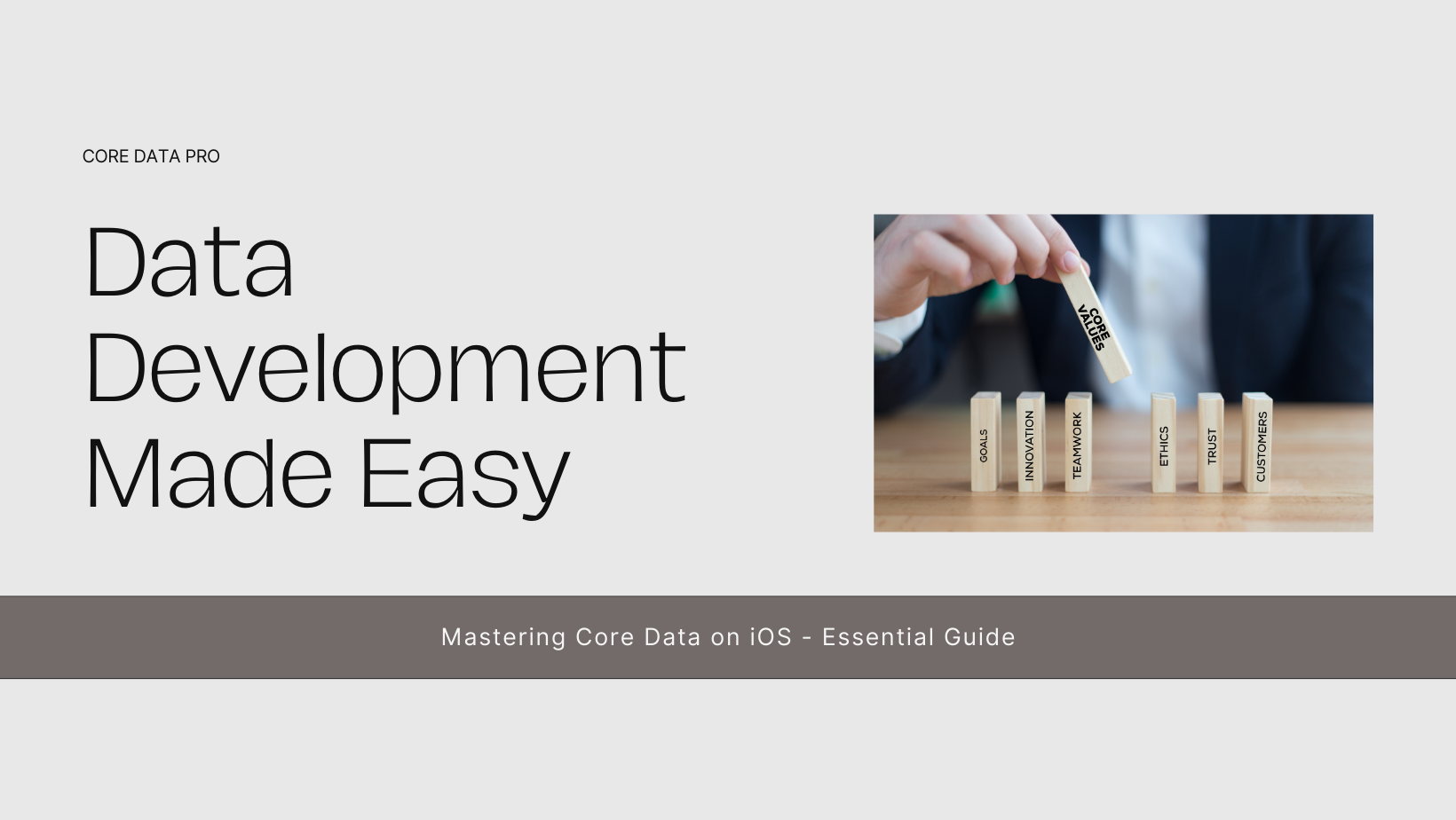As we step further into 2024, the world of iOS development continues to evolve with new technologies, frameworks, and user expectations. Staying ahead in this dynamic environment requires understanding and embracing the latest trends that influence app development on Apple’s ecosystem. In this blog, we explore the key trends shaping iOS development in 2024 and how they impact businesses and developers alike.
1. SwiftUI 3.0 and Beyond
SwiftUI, Apple’s declarative framework for building user interfaces across all Apple platforms, continues to mature with SwiftUI 3.0. Released with iOS 17, SwiftUI 3.0 enhances developer productivity with improved performance, new UI components, and expanded support for macOS and watchOS. The framework’s evolution simplifies complex UI tasks, encourages a consistent user experience, and integrates seamlessly with Swift, making it a cornerstone for modern iOS app development.
Key Points:
- Improved Performance: Optimized rendering and reduced memory footprint enhance app responsiveness.
- Enhanced Compatibility: Expanded platform support includes macOS Monterey and watchOS 9, enabling unified app development.
- Declarative Syntax: SwiftUI’s intuitive syntax simplifies UI design, accelerates development cycles, and supports rapid prototyping.
2. Augmented Reality (AR) Experiences
ARKit continues to drive innovation in augmented reality applications on iOS devices. With ARKit 5, developers can create immersive AR experiences that blend digital content with the real world, offering new opportunities across industries such as gaming, retail, education, and healthcare. Enhanced spatial awareness, improved object occlusion, and AR Quick Look enhancements empower developers to deliver captivating AR interactions that engage and delight users.
Key Points:
- Spatial Computing: Advanced AR capabilities enable precise object placement and interaction within physical environments.
- Real-Time Collaboration: Multi-user AR experiences foster collaboration and interaction across devices.
- AR Quick Look Updates: Expanded support for USDZ files enhances product visualization and interactive shopping experiences.
3. Machine Learning and Core ML 5
Machine learning continues to drive personalized user experiences and intelligent app functionalities with Core ML 5. Apple’s machine learning framework integrates seamlessly with SwiftUI and accelerates model deployment, enabling developers to leverage on-device processing for enhanced privacy and performance. From real-time object detection to natural language processing, Core ML 5 empowers developers to integrate AI-driven features that adapt and learn from user behavior, enhancing app engagement and functionality.
Key Points:
- Privacy-Focused AI: On-device machine learning models ensure user data remains private and secure.
- Model Deployment: Simplified integration of machine learning models within iOS apps using Swift and Xcode.
- Enhanced Performance: Core ML 5 optimizations improve inference speeds, enabling real-time interactions and responsiveness.
4. Swift Package Manager and Modularization
Swift Package Manager (SPM) continues to gain traction as the preferred dependency management tool for iOS projects. With Xcode 14, Apple enhances SPM support, enabling developers to streamline project modularization, manage dependencies more efficiently, and accelerate build times. Modular architecture facilitates code reuse, simplifies maintenance, and enhances collaboration across development teams, empowering developers to focus on innovation and scalability.
Key Points:
- Dependency Management: Centralized package registry and automated dependency resolution simplify project setup and maintenance.
- Efficient Builds: Incremental builds and caching optimizations reduce compilation times and enhance developer productivity.
- Cross-Platform Support: SPM supports cross-platform development, enabling code sharing between iOS, macOS, and beyond.
5. Focus on Accessibility and Inclusivity
In 2024, iOS developers prioritize accessibility and inclusivity, designing apps that cater to diverse user needs and preferences. With advancements in VoiceOver, Switch Control, and assistive technologies, developers can create inclusive user interfaces that enhance usability and accessibility for all users. Apple’s commitment to accessibility guidelines encourages developers to integrate accessibility features from the outset, ensuring apps are accessible to users with disabilities and compliant with accessibility standards.
Key Points:
- Accessibility Features: VoiceOver enhancements, customizable fonts, and dynamic type support improve app accessibility.
- Inclusive Design: Designing with empathy ensures apps are usable and intuitive for all users.
- Accessibility Testing: Built-in accessibility testing tools in Xcode streamline compliance with accessibility standards and guidelines.
Conclusion
In conclusion, iOS development in 2024 is marked by innovation, efficiency, and inclusivity. From SwiftUI advancements and ARKit capabilities to machine learning integration and accessibility enhancements, developers have unprecedented tools and technologies to create compelling iOS experiences. Embracing these trends not only enhances app performance and user engagement but also positions businesses at the forefront of digital transformation.
At Sodio Technologies, we specialize in leveraging cutting-edge iOS development trends to deliver impactful mobile solutions tailored to your business objectives. Whether you’re looking to enhance user experiences, integrate AI-driven functionalities, or embrace AR technologies, our expertise ensures your iOS apps stand out in a competitive market. Contact us today to embark on a transformative iOS development journey and unlock the full potential of Apple’s ecosystem.







